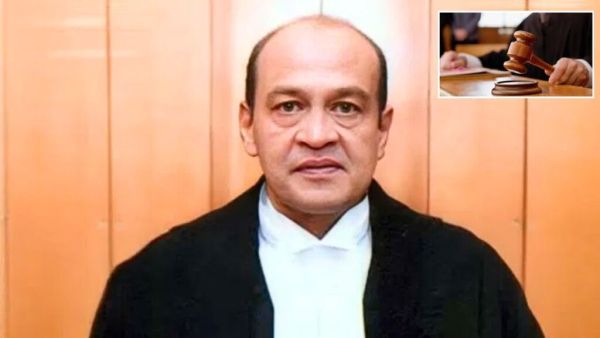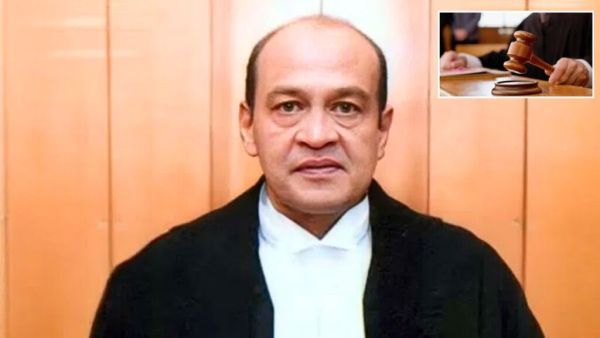

Delhi High Court Justice Yashwant Verma is currently embroiled in a serious and controversial case. After allegations of unauthorized cash being found at his official residence, the central government is now taking steps towards taking constitutional action against him. After the report of the committee appointed to investigate him, the central government is preparing to bring impeachment against Verma after seeking the views of the MPs.
After receiving information about a fire at Justice Verma’s official residence on the night of March 14, the fire brigade personnel who reached the spot found a large amount of cash. It later became clear that this was not an arson incident but a case of serious corruption and moral degradation.
In the wake of this incident, a three-member in-house inquiry committee was formed on March 25 on the orders of the then Chief Justice of India, Sanjay Kishan Kaul. The committee included Chief Justice of Punjab and Haryana High Court, Sheel Nagu, Chief Justice of Himachal Pradesh High Court, GS Sandhavalia, and Justice Anu Sivaraman of the Karnataka High Court.
The committee submitted its report to Chief Justice of the Supreme Court Kaul on May 4. According to sources, the report has made serious comments on Justice Verma and has clearly recommended his immediate resignation.
However, if Justice Verma does not resign, the inquiry report will be sent to the President, which could initiate the process of removing him from the constitutional bench.
According to the Indian Constitution, the process of removing a High Court judge is very complex and sensitive. This action is taken under Article 217 of the Constitution (which has to be read with Article 124(4)). In this process, a proposal has to be moved in either the Lok Sabha or the Rajya Sabha. The signatures of at least 50 MPs in the Rajya Sabha and 100 in the Lok Sabha are required for this proposal. After that, a judicial inquiry committee is set up after getting the approval of the Lok Sabha Speaker or the Vice President. Only if this committee concludes that the charges against the concerned judge are proven, in the next stage, the proposal is passed by a two-thirds majority in both the Houses. After that, the final order of removal is given by the President.
The central government is currently seriously considering the incident and has started dialogue with MPs of major political parties. The aim behind this is to ensure the necessary support in Parliament for this proposal. It is also being said that Vice President Jagdeep Dhankhar may take an important decision on this soon.
The number of such incidents in the Indian judiciary is very small. In 1993, an impeachment motion was introduced against Justice V. Ramaswamy, but it was not passed in Parliament. Although some judges were subsequently charged, the process was not successful due to the complexity and lack of political consensus.
However, this time the allegations are very concrete. The investigation report that undeclared money was found at the judge’s residence is giving the matter more serious consideration. Therefore, there is a high possibility of legal and constitutional action being taken against Justice Verma.
While it is easy to dismiss this as an exception, such incidents risk undermining public confidence in the courts. The conduct of judges is not just a personal matter, but reflects the moral standing of the entire judiciary. The outcome of this case could therefore be decisive for the credibility of the entire judiciary.